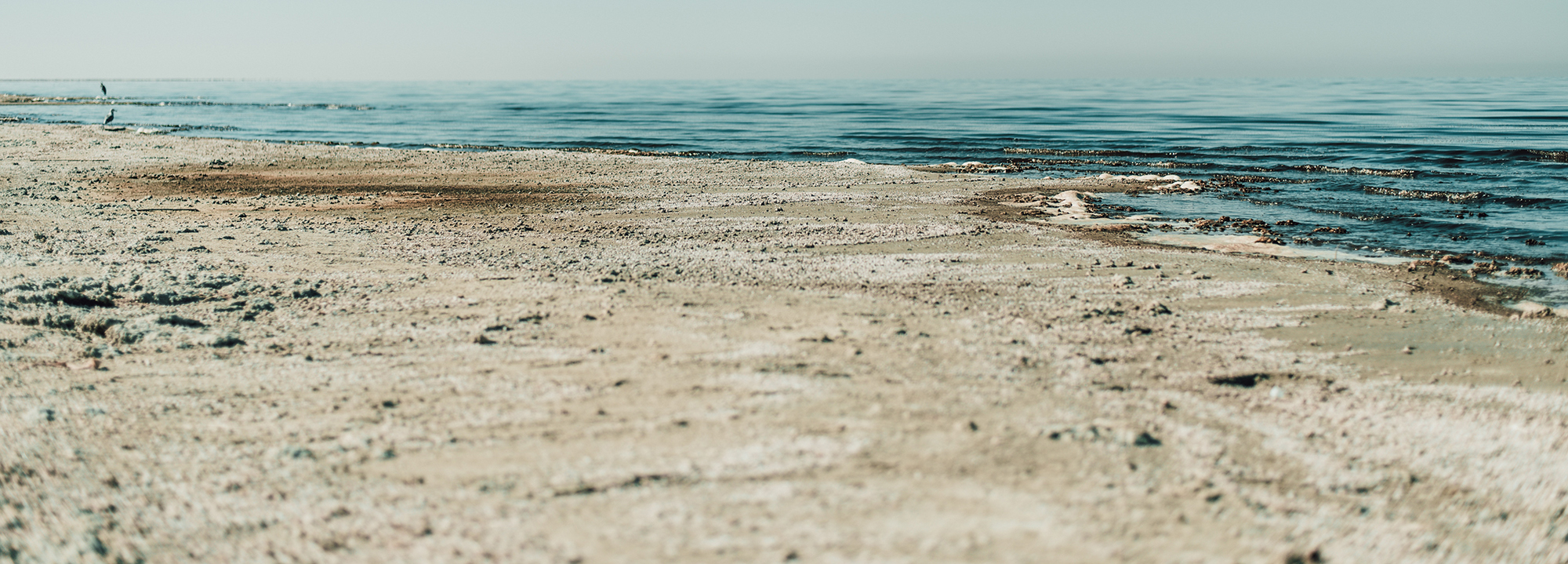California’s Salton Sea is a fertile oasis in the hostile desert of southeastern California, adopted by millions of birds migrating along the Pacific Flyway. As California’s largest lake, it stretches across almost 35 miles in a remote, below sea-level valley in the southeastern corner of the state. Current Salton Sea information is posted below.
The Sea faces a host of challenges, including a declining water supply, rising salinity, very high levels of nutrients that generate excessive algal growth and very low oxygen levels, and, to date, a glaring disconnect between the rate of change and the rate of efforts to address that change.
Salton Sea elevation, 21-Oct-2024: -242.22 feet, NGVD 1929Provisional data, subject to revision.
Source: USGS 10254005 Salton Sea NR Westmorland, CA
Time Series: Current/Historical Observations
Equivalent to: -240.1, NAVD 1988
Area: acres ( sq miles)
Source: SALSA2 model
Volume: million acre-feet
Salton Sea elevation on 21-Oct, 2003 Baseline: feet, NGVD 1929
Change from 2003 elevation: feet
Reduction in Salton Sea area: acres
( sq miles)
Currently shrinking by about 2,400 acres (3.75 sq miles) each year.
Water Inflow to the Salton Sea by Year, in thousands of acre-feet:

Source: Salton Sea Management Program 2024 Annual Report, p. 61
IID dust control projects: acres
Source: https://www.qsajpa.org/
SSMP dust control projects: acres Habitat projects: acres Open water atop playa: acres Revegetation atop playa: acres Net exposed playa: ~ acres ( sq miles)
Source: Salton Sea Management Program 2024 Annual Report, p.51
Source: Salton Sea Management Program 2024 Annual Report, p.54
Source: Formation, End-of-Year 2023 Playa Exposure Estimate
Source: Formation, End-of-Year 2023 Playa Exposure Estimate
Changes in bird populations: fewer pelicans, fewer eared grebes, more ducks and shorebirds

Days since water mitigation ended: 2487
Salton Sea links:
- Salton Sea Library
- USGS – Water Availability of the Salton Sea Watershed
- Salton Sea Summit: Includes presentations and videos from the April 6-7, 2022 and October 17-18, 2019 conferences co-convened by the Pacific Institute.
- General Salton Sea Information from the Pacific Institute
- Salton Sea Air Quality Mitigation: IID
- California’s Salton Sea Management Program
- California’s Salton Sea Project Tracker
- California’s draft Phase I: 10-Year Planof the Salton Sea Management Program
- November 7, 2017: California’s State Water Board Adopts ORDER WR 2017-0134 on Long-Term Management of Salton Sea
- Salton Sea Archives at the Water Resources Institute
- Audubon’s webpage on the Salton Sea
- Audubon’s interactive Salton Sea map
- Salton Sea Partnership
- General Salton Sea Information from the U.S. Bureau of Reclamation
- Salton Sea Science Office of the U.S. Geological Survey
- Community Science: Salton Sea Environmental Time Series
- Salton Sea Validation – JPA
- Salton Sea Authority website
- General Salton Sea and Vicinity Land Ownership and Management Map
- Birds Observed at the Salton Seafrom the Cornell Lab of Ornithology
- Salton Sea Timeline from USA Today: “Salton Sea: A History of Broken Promises”





